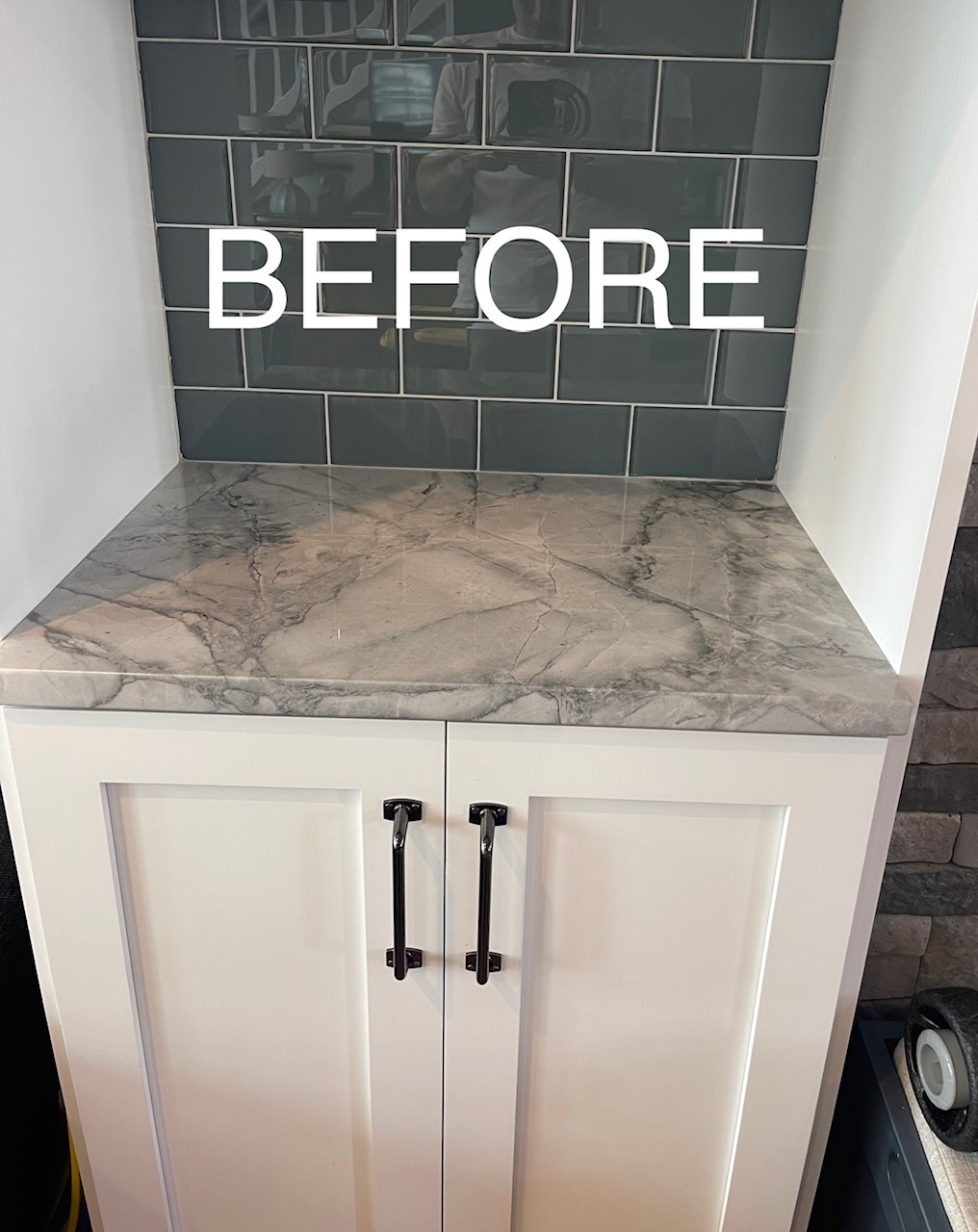Natural stone surfaces can bring a eternal elegance to any living space, but over time, they may lose their shine due to deterioration. Whether it's a beautiful granite countertop, a classic marble floor, or a charming stone patio, refinishing these surfaces can breathe new life into your living space. In this guide, we will explore the key tools and techniques needed for successful stone refinishing, helping you grasp not just the hands-on approaches, but also the skill and care involved in stone restoration.
As we delve into the world of stone restoration, it is important to acknowledge that there are common mistakes that many residents make along the way. From selecting the inappropriate cleaning solutions to improper sealing techniques, these missteps can lead to subpar results and even damage to your stone surfaces. https://tiejoke24.werite.net/the-canvas-of-nature-mastering-the-craft-of-earthly-stones-restoration will also touch on how to steer clear of these issues, ensuring that your restoration efforts yield gorgeous and lasting results. So, if you've been contemplating whether it's time to restore your stone surfaces, let us guide you through the rules of the process.
Key Equipments for Stone Refinishing
When embarking on a stone refinishing project, having the proper instruments can make all the difference. A reliable angle grinding tool is crucial for finishing and molding stone surfaces. This instrument allows you to achieve a smooth finish by utilizing multiple grits of diamond polishing pads, which are especially designed for use on stone. Together with an angle grinding tool, a wet saw may be necessary for cutting big slabs or tiles to fit, ensuring a accurate finish.
Along with electric tools, hand tools play a crucial role in stone refinishing. A good set of chisels and a hammer are important for smaller restoration tasks, such as removing damaged areas or making fine adjustments to the stone surface. For preparing and preparing the stone, a set of brushes and scrapers will help take away grime, old sealants, or adhesive residues that could impact the refinishing process.
Ultimately, protective gear cannot be ignored. Proper protective gear, including mitts, goggles, and a dust mask, is essential to protect yourself from dust and debris during the refinishing process. Ensuring you have these critical tools at hand will not just enhance your project but also elevate your overall experience in revamping stone surfaces.
Typical Oversights to Refrain from in Restoring Stone
A of the most common mistakes in restoring stone is the utilization of inappropriate cleaners. Many individuals select aggressive cleaning products without realizing their potential harm to the stone’s surface. Harsh cleaners can scratch and fade shiny stones, such as marble. It is crucial to use pH-neutral cleaning products specifically designed for natural stone to prevent permanent damage. Always test any product on a little, hidden area first to confirm compatibility.
Another common error is failing to check the stone's condition before beginning the restoration. Many think that all stones are similar and continue without a careful inspection. Each type of stone has distinct properties, requiring different restoration techniques and tools. A lack of knowledge can lead to using the wrong methods that may worsen existing damage rather than repairing it. Taking the time to assess the stone will provide you with a more defined plan of action.
In conclusion, a major error is neglecting the importance of adequate sealing after restoration. Sealing stone surfaces is vital to protect them from marks and moisture damage. Failing to apply a high-quality sealer post-restoration can lead to issues such as discoloration and deterioration over the years. Make sure to choose a sealant that is right for the specific type of stone and adhere to the manufacturer's guidelines for optimal outcomes, ensuring long-lasting beauty and longevity.

Best Methods for Preserving Stone Surfaces
Routine cleaning is essential to preserve the aesthetic and condition of stone surfaces. Use a neutral pH stone cleaning solution and a soft cloth or mop to gently clean the areas. Avoid aggressive chemicals or abrasive materials that can harm the stone. It's advisable to set up a routine cleaning schedule, depending on the usage and contact to dirt and grime, to keep your stone appearing its best.
Protecting stone areas is a further important method that can greatly lengthen their usefulness. A premium sealant shields the stone from spots and moisture penetration. Typically, it is recommended to seal natural stone surfaces at least one time a year, but heavy-use areas may require more frequent applications. Always adhere to the manufacturer's guidelines for use and reapplication.
To safeguard stone areas from marks and chips, consider adding mats or carpets in busy areas and using coasters under vases or decorative items. Additionally, be cautious of using the proper tools for tasks around stone areas, as bulky equipment or harsh materials can cause accidental damage. By implementing these maintenance methods, you can ensure that your stone areas remain attractive and useful for years to come.
